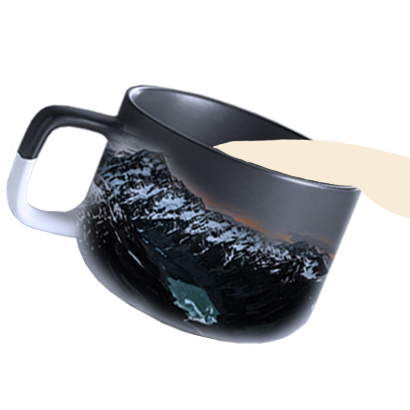Tea is rooted in both ancient and modern history. According to legend, tea was found in 2737 BC when Chinese Emperor Shen Nung’s servant was boiling drinking water, when some leaves from a tree blew into his water. This tree, called Camellia sinensis, is the tree from which all tealeaves are picked. Timing of picking these leaves and their oxidation levels give rise to different breeds of tea. Tea grew rapidly throughout China; containers have been found in tombs dating back to the Han dynasty (206 BC).In the sixteenth century, the popularity of tea was spread globally by means of European trading companies who ventured to the East, like the Dutch and Portuguese. The British East India Company brought tea to London in 1658, where it became established as a royalty good and a drink that has been loved for generations.
Recently, scientific research has indicated that tea may have widespread and pertinent health benefits, and as a result, has soared in popularity. For example, it has been found that many types of tea contain substances called polyphenols, which are antioxidants that reduce the formation of free radicals in the body, protecting cells from DNA damage. Different types of teas have both similar and varying health benefits; overall, tea has been established as a healthy and delicious drink.
Click on the buttons below to learn about various types of teas.


GREEN TEA
BENEFITS:
Contains a high concentration of EGCG, a bioactive compound, that burns fat and improves cholesterol levels; counteracts oxidative stress on the brain and prevents the clogging of arteries; reduces risk of Alzheimer’s and Parkinson’s diseases
ORIGINS:
Made with steamed leaves
TASTE:
Ranges from sweet to bittersweet, nutty or buttery, vegetal or floral
CAFFEINE:
35-70 mg per 8 oz. serving


WHITE TEA
BENEFITS:
Is the least processed of teas, so retains a high amount of antioxidants that result in the most potent anticancer properties; protects the skin from effects of internal (collagenase) and external (UV rays) aging
ORIGINS:
Made with uncured and unfermented tea leaves that are picked just before they are fully open, when they are covered in fine white hairs
TASTE:
Light and slightly sweet
CAFFEINE:
30-55 mg per 8 oz serving


BLACK TEA
BENEFITS:
Contains the highest amounts of caffeine and theophylline, a stimulating substance, that provides alertness and energy; protects lungs from damage caused by cigarrete exposure
ORIGINS:
Made with fermented tea leaves; also forms the basis of flavored teas like chai
TASTE:
Strong and sweet
CAFFEINE:
60-90 mg per 8 oz serving


OOLONG TEA
BENEFITS:
Reduces levels of bad cholesterol; marketed occasionally as a weight loss supplement; may relieve symptoms of eczema; improves cognition, memory, and executive functioning
ORIGINS:
Partially oxidized; combines the qualities of black and green teas; represents only 2% of the world's teas
TASTE:
Ranges from light to full-bodied, floral to grassy, and sweet to toasty
CAFFEINE:
50-75 mg per 8 oz serving